If you are looking for a quick, simple and powerful way to recharge your garden soil this fall, you need to plant mustard seed – the perfect no till garden cover crop that can naturally power and re-energize your tired garden with little effort. And even better – you won’t need to till it in next spring!
Cover crops are a great way to help protect and add nutrients back to your soil. From traditional gardens to raised beds and containers, cover crops can be a gardeners best friend. And mustard seed can certainly be one of the best friends of all!
Not only are mustard seeds perfect for preventing weed seeds from taking hold, but they actually improve the soil’s overall composition and nutrients as well. After the plant dies and starts to decompose, it adds amazing organic matter and resources back into the soil.
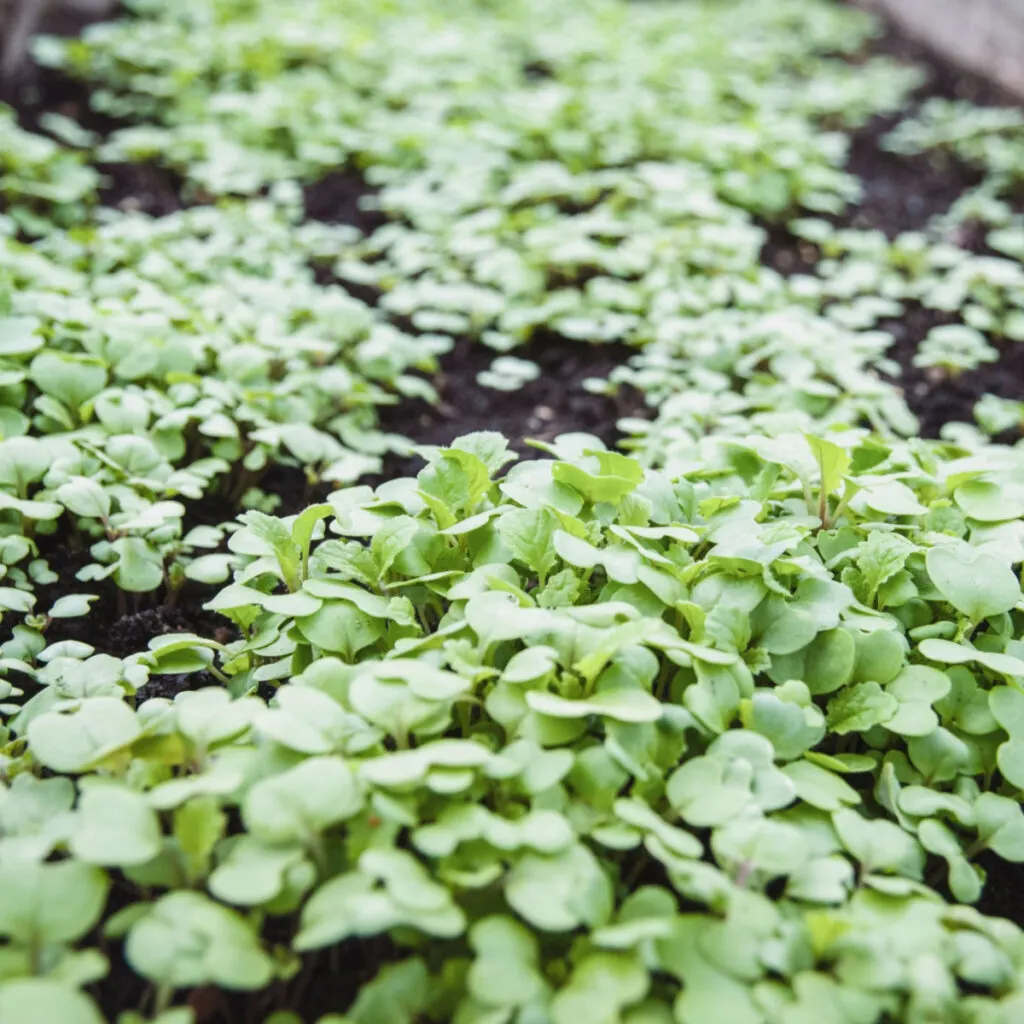
Advantages Of Growing Mustard Seed As A Cover Crop – Plant Mustard Seed
As a cover crop, mustard seed helps to accomplish many things when it comes to your garden soil.
Right off the bat, mustard seeds germinate and grow quickly. This leaves your soil protected way earlier than other types of cover crops. In fact, mustard seeds will germinate in as fast as 4 to 5 days when the soil is warm. And in early fall – there is little worry about having cool soil.
This helps to quickly create a nice mass of foliage. When a garden is left bare, it’s an open invitation for weed seeds to take root. Weed that then lie in wait until next spring to become a huge problem. But with a fast growing cover of mustard greens, bare soil is simply not an issue.
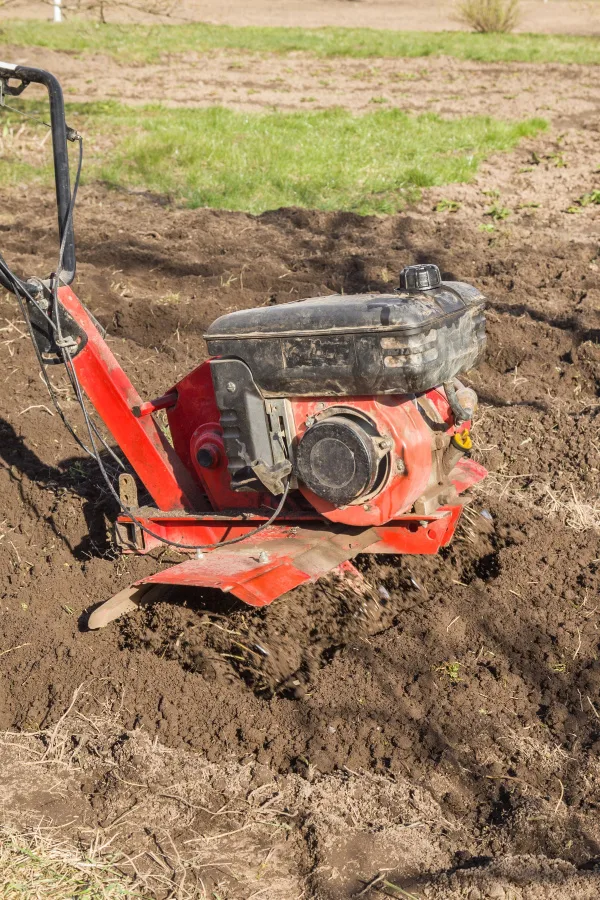
But mustard seed does so much more than just protect from weeds. In addition, the roots of mustard help loosen the soil and prevent it from becoming hard and compacted. Mustard roots grow down as deep as one to three feet and work wonders to break up hard soil.
Even better, once those roots start to decay and break down, they leave behind valuable organic matter. The end result is soil that is loose, well-draining, and filled with vital nutrients once again. That, of course, means an even better garden season next year!
How To Plant & Grow Mustard Seed As A No Till Cover Crop
One of the biggest advantages of using mustard seed is how easy it is to plant and grow. In addition, because it doesn’t have to be tilled, you can plant it in smaller raised beds areas too. In just a couple of weeks after sowing, it produces a thick layer of vegetation to cover your garden spaces. See: How To Keep Raised Bed Soil Healthy
When & How To Plant Mustard Seed
Mustard seed can actually be planted in the spring or fall. When planted in the spring, it will have to be tilled back into the ground prior to sowing your spring crops. Affiliate Product Link : 5 Lb. Cover Crop Mustard Seed
However, when you plant mustard seed in the fall, the quick germinating plant naturally dies off with the arrival of cold winter temperatures, therefore eliminating the need for tilling altogether!
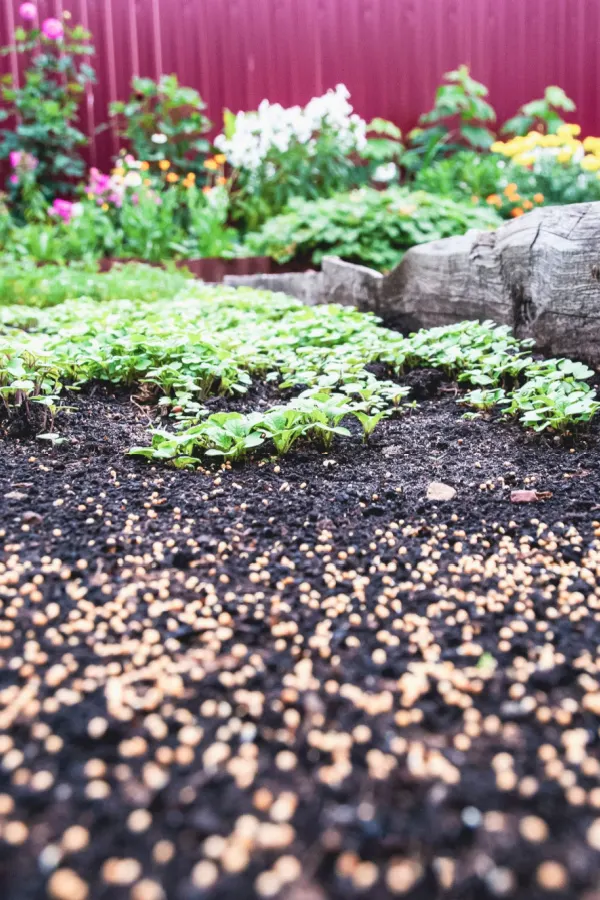
For fall planting, remove all of the dead and dying plant matter from your garden or raised bed space. You want to start with completely clear soil for sowing. Clearing out the garden space in the fall is vital for the soil’s health and for pest control – and it’s a must to expose soil the soil for cover crop seeds.
Once your soil is clear, lightly scratch the surface with a rake. You don’t need to go deep, just enough to break up the top half-inch or so to give the seeds a place to settle into. Next, broadcast the mustard seeds evenly using a seed spreader or your hands.
While the seeds will germinate quickest in warmer soil, they will actually still sprout in soil temperatures down to 45º F. This means even if you clear your garden late in the fall, mustard seed can still work well!
Lightly rake the seeds in to help set them in the soil. You aren’t looking to fully cover the seeds, just work them down into the soil a little. If you have issues with birds eating the seeds, cover seeds with a light layer of straw.

Water the seeds lightly. A mister is useful for watering new seeds since a powerful water stream can dislodge and move the seeds more than needed. Keep watering every day, not allowing the seeds to dry out until germination occurs. (Affiliate Product Link: Garden Hose Nozzle With Mister)
Fall & Winter Care – How To Plant Mustard Seed
Mustard seed will grow quickly and vigorously into late fall. Water the seed about once a week to help the plants become established and allow the roots to grow down deep.
One thing you don’t want to do is to allow your mustard to grow tall enough that it goes to seed. That will only leave you with a whole host of issues when spring arrives. This usually isn’t an issue when planting in the fall as it doesn’t have enough time to grow to full maturity before it freezes off. However, if your mustard starts to flower, cut or mow it back to prevent seeding.
Mustard seeds are considered to be a cold-hardy cover crop. They can withstand frosts, snowfalls, and even light freezes. However, the plants will die when temperatures drop below 26º F. When this happens, the only thing you have to do is wait for spring to arrive and then chop the plants down prior to planting.
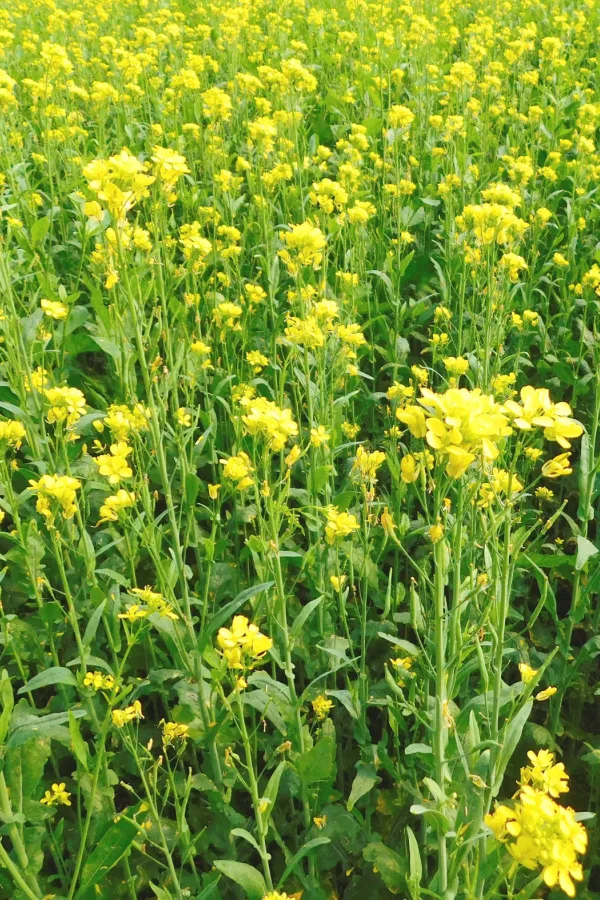
Optional Spring Planting & Its Advantage – How To Plant Mustard Seed
If you live in a location that has milder winter temperatures that won’t drop below 26º F, you can choose to keep mowing mustard seeds to prevent them from going to seed. Or you can wait to plant it until the springtime.
The only downside with this is that you will need to chop and turn the foliage back into the soil. While this would no longer be considered no-till, there is another advantage to turning mustard seed into the soil.
When mature mustard seed plants are chopped or mowed and turned into the soil, the plant releases certain chemicals that are actually a natural pesticide to help eliminate soil-borne pests like nematodes, common scab, and wireworms.
Just be sure to chop and till about two weeks before planting your spring crops in the soil. This gives the plant material plenty of time to break down. Planting any sooner can cause a reduction in plant germination.
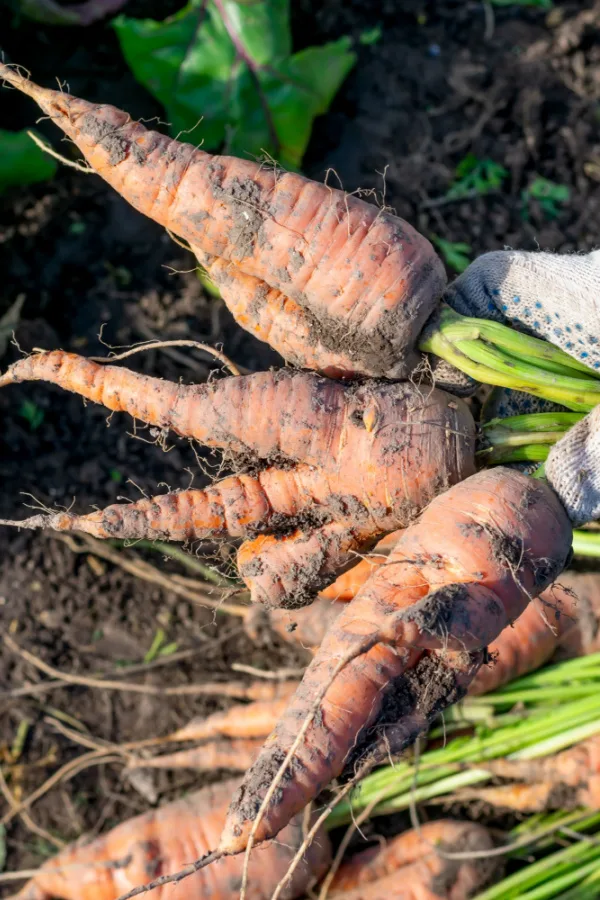
Whether you plant and grow mustard seed in the fall for a complete no-till option – or decide to take advantage of the natural pesticide benefits of turning the plant matter into the soil, mustard seed is a perfect option as a cover crop in your garden and raised bed spaces!
Follow Our Facebook Page For Even More Great Tips! Simple Garden Life Facebook Page
Simple Garden Life is a website dedicated to keeping gardening fun, simple and enjoyable! We publish two new articles each week along with a new garden podcast episode every two weeks. This article may contain affiliate links.
